Alesis SR16 Review (2024) – The Classic Drum Machine
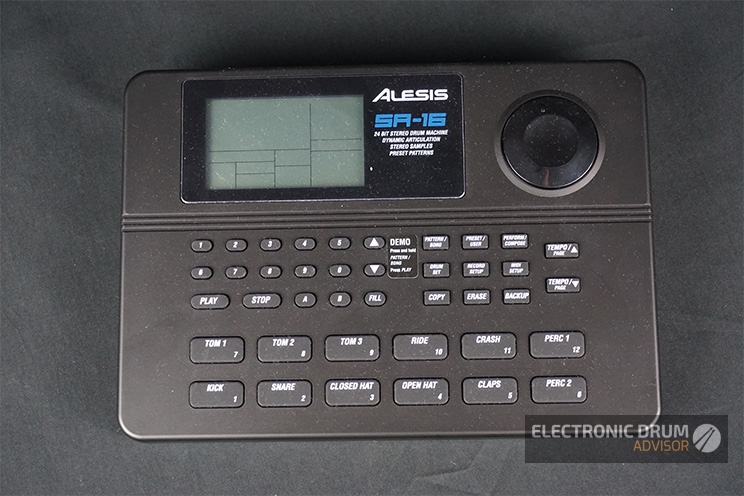
Despite all the benefits we are getting from today’s rapid technological progress, sometimes, we just want to keep things simple. The SR16 is an old reliable drum machine. While it certainly doesn’t have all the bell and whistles of many newer alternatives, it’s still popular due to its ease of use, decent sound, and simplicity.
This drum machine has been around for a pretty long time. It was introduced in 1990 and, believe it or not, it is still in production. For these, almost three decades, it became one of the best-selling drum machines ever, and that is for a number of good reasons.
Contents
Alesis SR16
0.00Design
The SR16 is compact, lightweight and extremely easy to use. Unlike modern products, this one doesn’t take a learning much of a learning curve at all. The menu is simple and easy to use. Practically, a good combination of good internal software and decent sounds is the main reason for SR16’s success.
Hardware
As I’ve already mentioned, this drum machine is still in production and one of the best things about it is that the design hasn’t changed at all. Visually, this unit looks exactly the same as the one that was initially launched decades ago.
This is a great thing if you like vintage-looking electronics products. This one features aesthetics that are so typical for its era. So, we may presume that Alesis didn’t want to make any kind of modification through all these years, in order to send a message that this is still a genuine 90s product, with all the flavors that were typical for the time.
Alesis SR16 – Price Comparison
The first thing you’ll notice about this drum machine is its size. The SR16 features pretty compact dimensions, which make it super-portable, suitable for those who are in a constant move or simply don’t want something that would occupy half of their table.
Touch-Sensitive Buttons
Generally, the board looks pretty common for that era. It features a fine number of buttons and, despite it measures only 9.25×6.5 inches, everything still fits in nicely. Of course, there are numerous buttons for menu navigation and other settings, but most of the surface is reserved for velocity sensitive pads. Velocity response includes eight levels, which is highly beneficial in many ways, starting from the fact that you can assign a different sound to every level of velocity. Additionally, this allows you to perfectly control dynamics, and that definitely isn’t so easy to get with old-school electronic devices.
All Connectivity Essentials Are Here
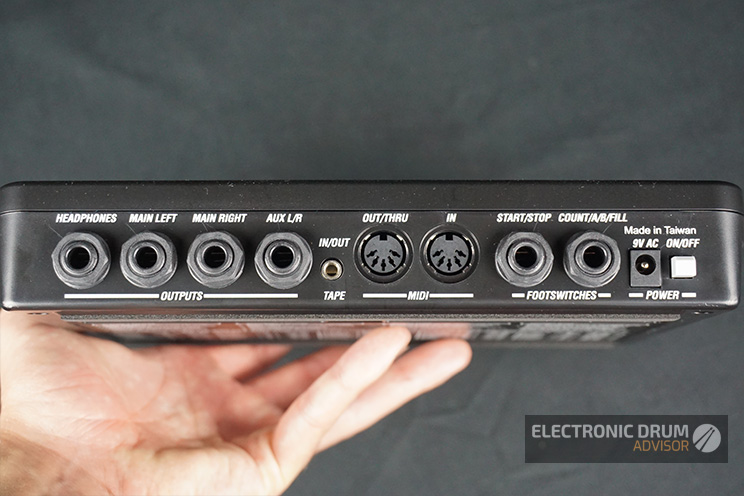
If you look at the rear side of the drum machine, you will notice that there aren’t too many Ins and Outs on this unit. Still, all the important things are there. There are four outs in total – Left, Right, Headphones and Aux. Seems more than enough. Of course, there are MIDI Ins and Outs, as well as two footswitch inputs. All in all seems more than enough for an average user.
Sound Quality
We came to the most important point – sound quality. The first thing you should consider is that this is pretty old drum machine and years aren’t the best friend of digital instruments. Still, the Alesis SR16 is doing pretty good, no matter the age. The secret lays in the fact that samples are recorded in the studio, with real drums and percussions, so you can definitely count on a quite realistic sound.
Still, don’t expect miracles. For live performances and inspirational moments when you’re composing, this unit will do the job very good. On the other side, it would be too much to expect some spectacular quality for studio recordings.
Simply said, it requires a lot of work in the studio, just to set up, so we can’t say this is the area where Alesis SR16 shines. Same goes for MIDI conversion. Of course, it is great that you can use all those MIDI sounds and connect the drum machine with various MIDI controllers but, once again, the main problem is that it requires a lot of tweaking to set up the sound in a proper way.

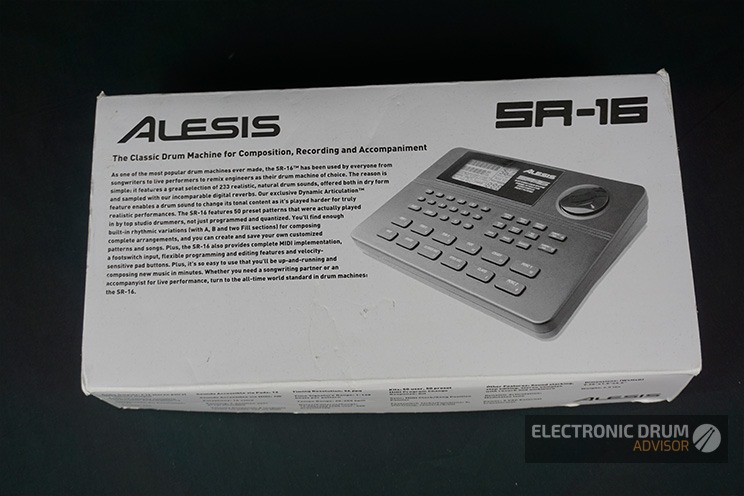
Hundreds of Decent Sounds
Keep in mind that we are talking about a device that was designed three decades ago. Therefore, its bank of sounds and presets looks amazing. The first thing to mention is that there are 233 hi-quality drums, percussion, non-real-world sounds. Also, there are 50 built-in pattern examples.
In terms of variety, this bank of sounds stands pretty good, so you won’t find any trouble to cover various music styles, including both styles that heavily rely on electronic instruments and those with a more conventional approach when it comes to musical instruments. Of course, Alesis has left enough space for you to make your own patterns, as there are 50 empty slots as well.
All in all, this seems like a nice bunch of sounds. Keep in mind that all of them can be played dry or with digital reverb, which has been added afterward. Also, if you look at the board, you will notice A and B buttons for rhythm variations, as well as two Fill groups.
These are the things that make Alesis SR16 so great. Once again, we are getting back to its simplicity and intuitive controls, which allow you to quickly get to the point and don’t lose your inspirational momentum.
Verdict
Without any doubt, the Alesis SR16 is one of the most legendary drum machines of all time. The fact that it is still in production means that it is a serious player on the market, even after three decades. Of course, it does have some limitations, starting from the sound quality and studio functionality, but the overall impression is that this drum machine still has a lot to offer. After all, it is a part of the standard equipment of many producers, musicians, and DJs even today.
All in all, if you want a drum machine with classic flavor, which features good sound quality, lots of sounds, simple controls and compact dimensions, you should definitely consider this one.
The Best Drum Machines
Looking to check out some more drum machines? Check out our article on the best drum machine, which takes you through some great options to suit every budget.
Don’t Forget to Check SR18!
You definitely won’t go wrong with the SR16 but if you feel you could use a bit of more options and features, this could be a good choice for you. The Alesis SR18 is a spiritual successor of the legendary drum machine, which sticks to the same concept and design principles. You can easily notice that the overall design looks very similar. Of course, the hardware looks more up to date, but things are generally the same. Probably the most notable hardware upgrade is a new LCD screen, which is very useful in dark conditions.
On the other side, the software has been updated for a bit. This would mean more sound examples, more memory, faster processor and similar things. The company claims that the sound quality has been improved significantly, though I have to say that many users I know returned to the original SR16. Did the do these because of the sound quality, or they got used to previous sound characteristics? It is hard to say.
Does it worth the extra money? It is also very hard to say. It would be great if you can try both units before purchasing.


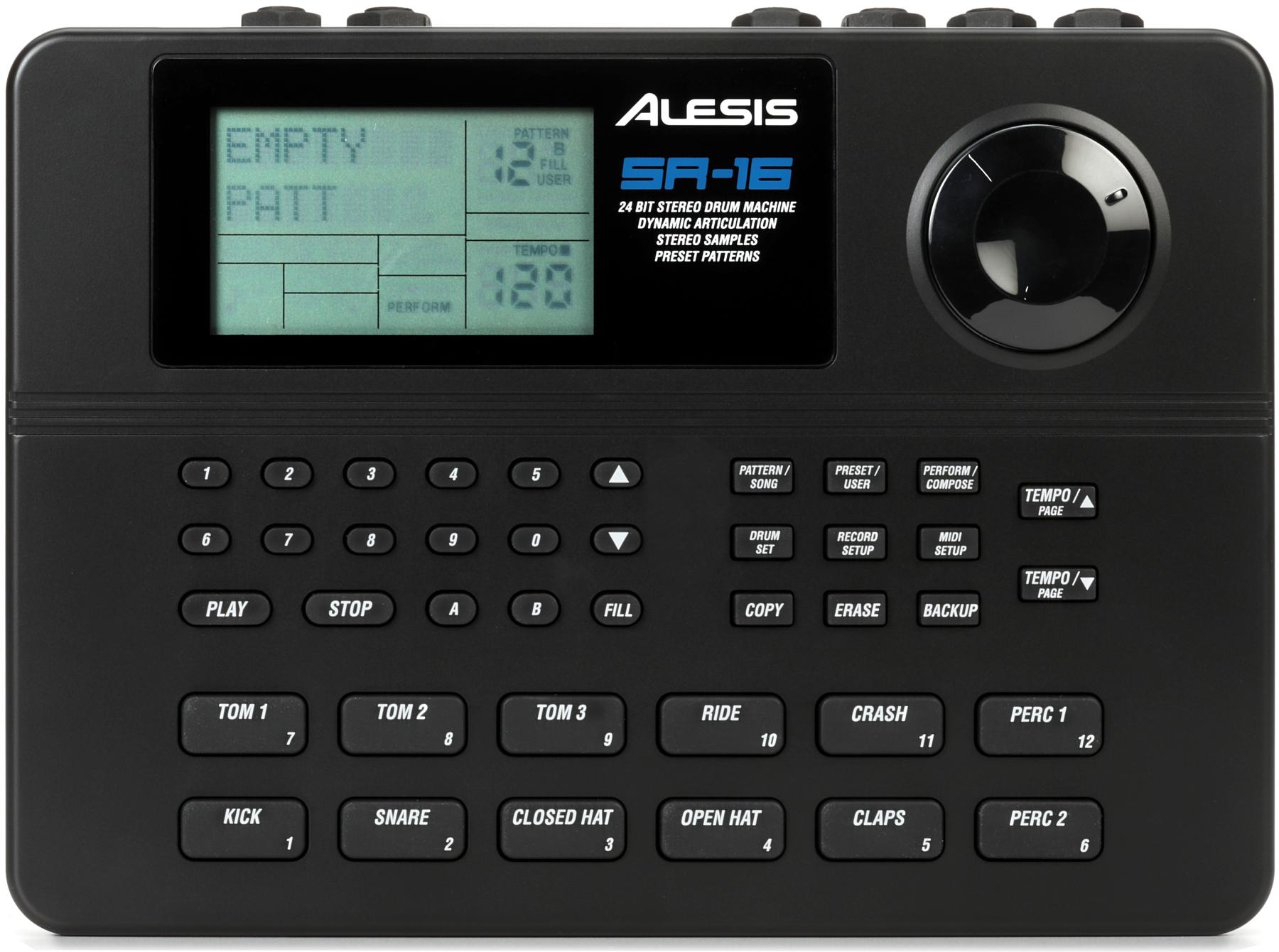
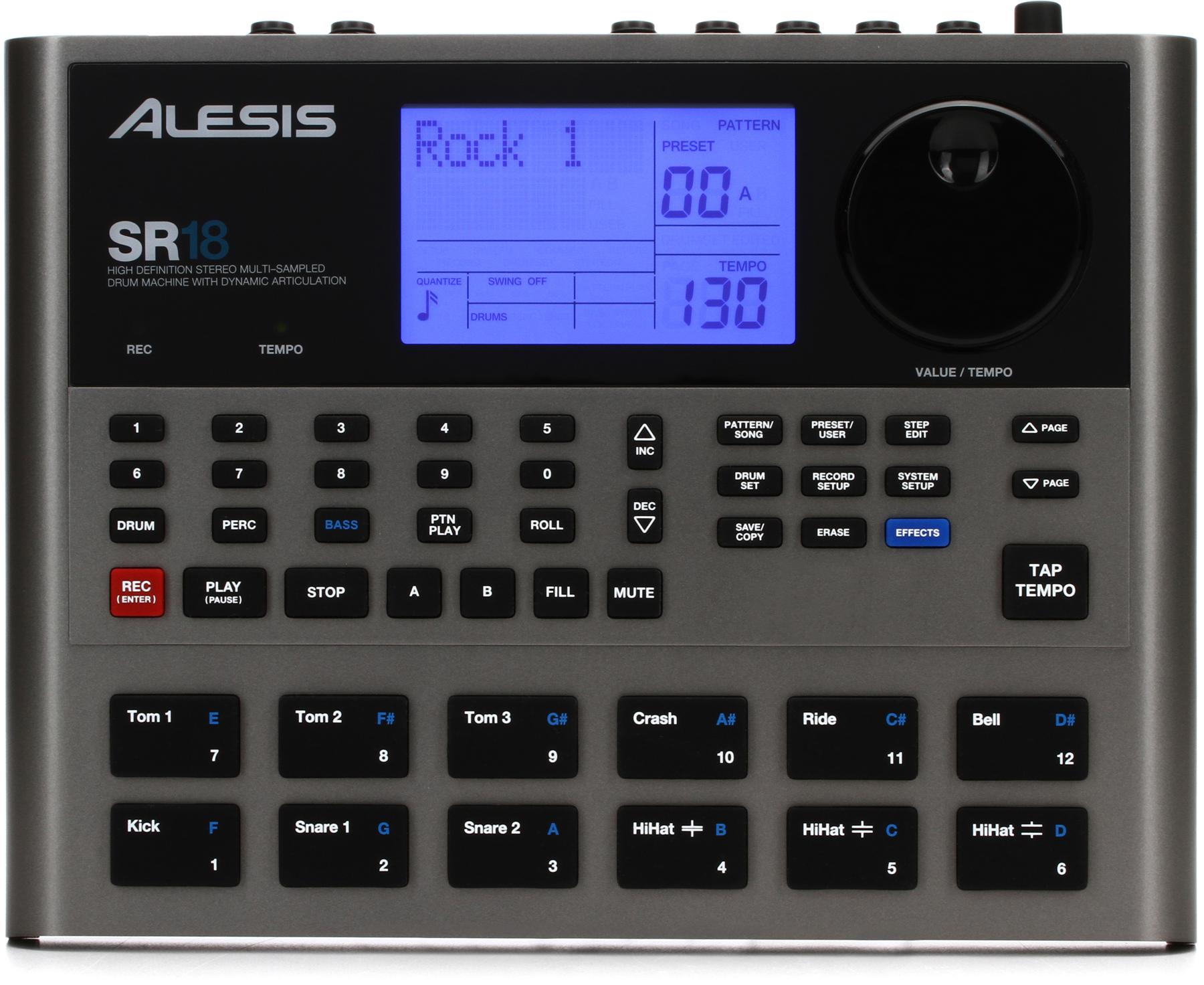
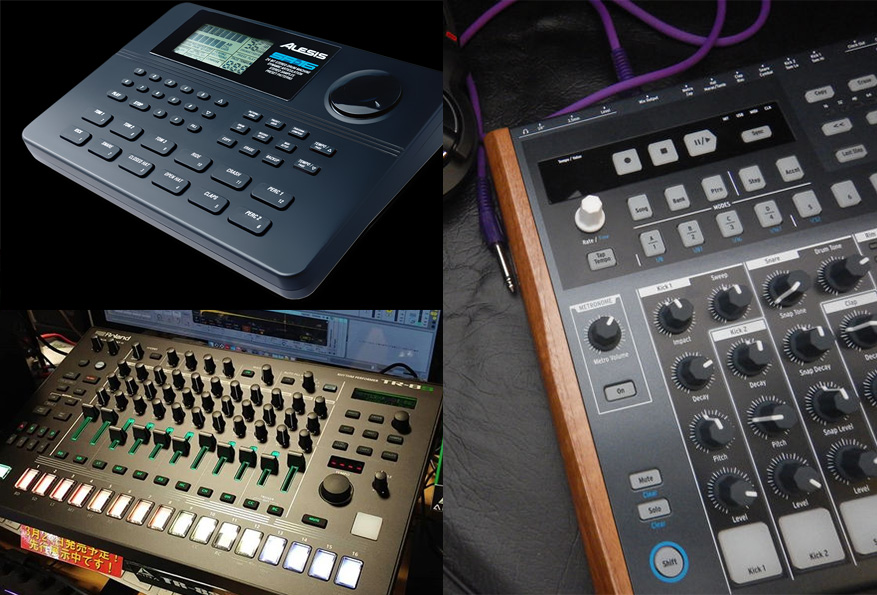
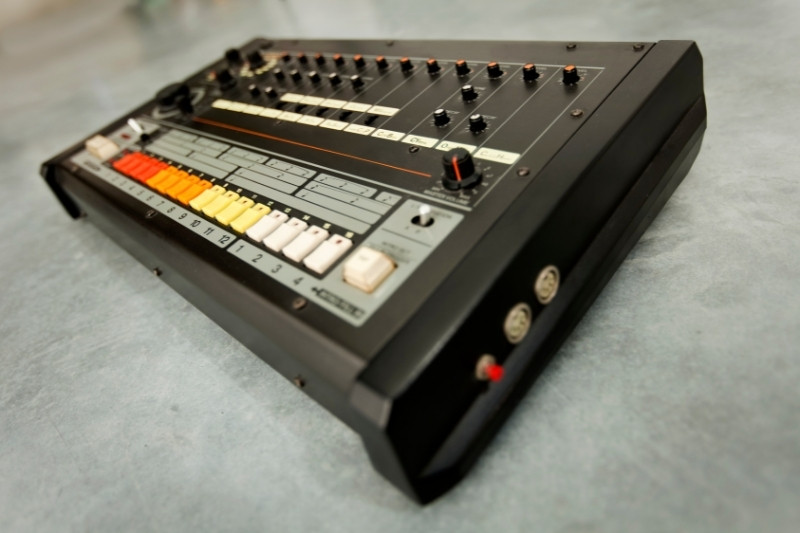
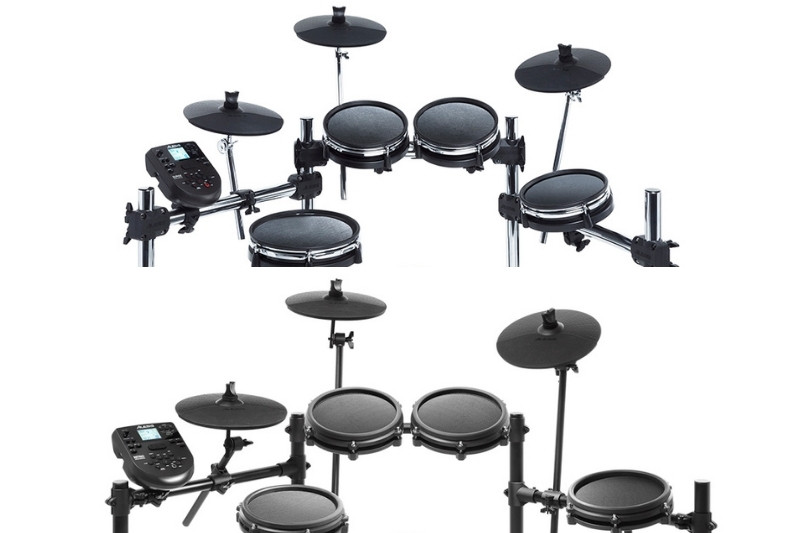
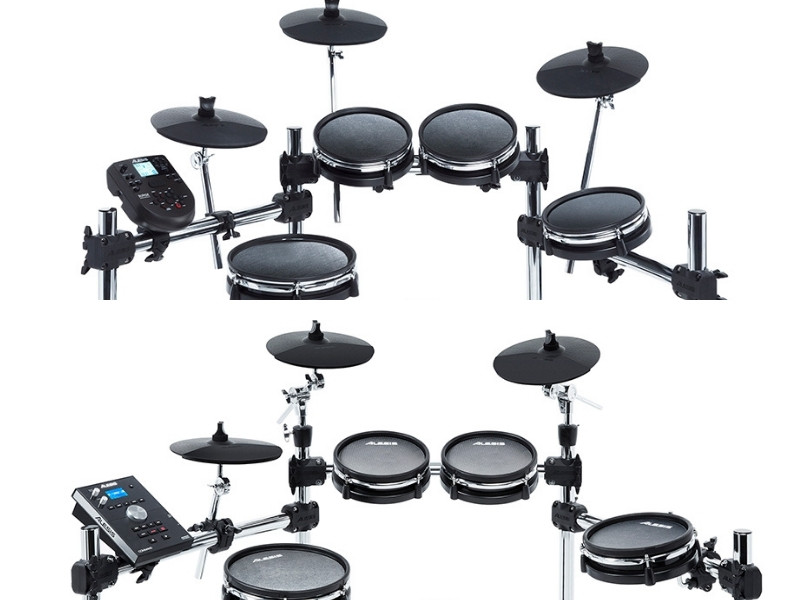



Hello Mike,
Great review. I’m a drummer with over 10+ years of experience playing the acoustic drums kit. Right now, I want to create my own amateur music using digital means.
I can think of two choices: either get a drum machine like the Alesis SR-16/18 or simply use the drum programming features in GarageBand. My music style would be Industrial Metal like Godflesh, Ministry and NIN.
My question is: will the SR-16 be suitable for me or GarageBand is good enough? I do feel the need to get a drum machine (due to its physical nature of tapping the beats by hand as opposed to click n drag it to the computer) but I’m not sure. Maybe you can help clarify that for me.
Hope to hear from you soon.
Hi Kris, if you’re planning to produce your own music in those genres then I personally would recommend learning to program your own beats through the DAW instead of using something like the Alesis SR16. Garageband would be good enough, or even better, go for a more feature-rich DAW such as Ableton Live, Logic, Cubase, etc… When you program your drums via audio samples or MIDI notes in your DAW then you have a lot of flexibility with your music.
I would recommend getting a MIDI drum pad for Garageband and hook that into your laptop via USB. That would allow you to physically tap the beats.
You could also get some drum VSTs if you’re not happy with the sounds on Garageband for example.
If you really want to get a hardware-based drum machine then something like the roland tr808s is an absolutely fantastic option that would give you a lot of room for creativity, but it costs a lot more.
Hope that helps!
Mike
Reply to Mike O’Connor: Alesis SR16 Review
Dear Mike,
I couldn’t wait for your reply any longer so I bought my own Alesis SR16. While it does the job well as I’m able to hook it up on GarageBand and Logic Pro, I do see its limitation as I can’t sync it with the timing. It’s possible but not as good as doing it with drum programming in DAW.
Overall, the SR16 is a great device although it’s a shame the SR16 doesn’t have a built-in speaker because I’d love to just mess around with some beats on the fly. Any other suggestions on what else I can do with it now that I have it?
Hi Kris,
Yes some in-built speakers would be useful for it. Though, you could just hook up a small portable speaker to it, you might need an 1/8 inch to 1/4 inch adapter to do that.
I’ve sync’d the clock on the SR16 with other devices before and it worked pretty well. Maybe try to troubleshoot with some methods online to reduce MIDI latency.
If you’re currently recording the audio from the SR16 through to your DAWs, you could alternatively use it as a MIDI controller (i.e. trigger a drum rack on your DAW instead of using the onboard sounds).
Apologies for the delay in responding to your first message, I’ve been pretty wrapped up dealing with stuff over the last few weeks due to the crisis! :S
Regards,
Mike
Hello Mike,
I’m just getting into the electronic percussion game. I have borrowed a friend’s Alesis SR 16 to experiment with using my acoustic triggers. I have an older set of Ddrum Roadpro (?,,,red with single zone tom and dual zone snare, someone decided to relieve me of the bass drum trigger years ago.), which I bought in 1996. Recently I bought a KAT Percussion KTMP1 Multi Pad unit. Its a decent little module with four zones on the face and two auxiliary inpufo, one for trigger/switch bass drum and the other for a hi hat. It has USB and MIDI inputs as well. I have been running a single zone trigger on the snare into the bass drum input, and it works decently. The sensitivity is adjustable, but it’s not awesome. My question is if I can trigger a sound from the Alesis and send it through the KTMP1. If so, would I run the trigger into the Alesis and out to the KTMP1 via USB or into the 1/4″ bass drum input? Any ideas? Thank you!
Sincerely,
Terry Stowers
What concerns me is the pads. How long do they last? I’ve had mine about a week and seems like the snare is going bad already (usually the first one to wear out). Do I need to treat these pads delicately? I figure if they’re touch sensitive they must want you to hit them hard occasionally.